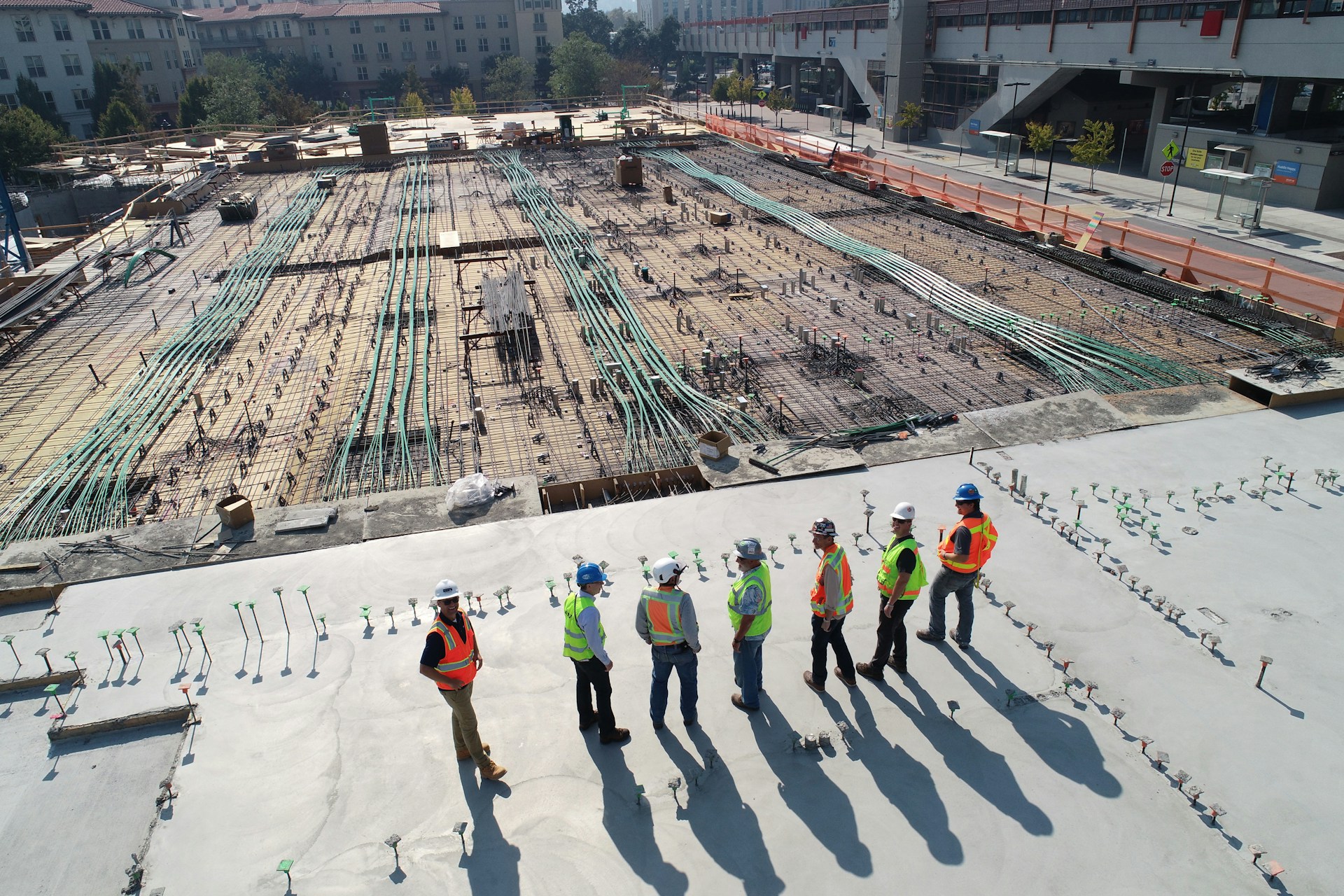Architectural engineering plays a critical role in the design and construction of modern homes, integrating technical expertise with creative design to meet contemporary living standards.
This discipline involves a detailed understanding of structural integrity, energy efficiency, and environmental considerations, all of which contribute to creating homes that are not only aesthetically pleasing but also functionally robust and sustainable.
Importance of Engineering in the Conceptualization and Construction Phases
The conceptualization and construction phases of home building heavily rely on engineering.
From the initial sketches to the final construction, engineers work alongside architects to ensure that designs are practical, safe, and feasible.
Their expertise is crucial in transforming an architectural vision into a livable space, addressing challenges such as material selection, energy consumption, and space optimization.
The Conceptualization Phase
Collaboration Between Engineers and Architects
The partnership between engineers and architects is foundational during the early stages of home design.
Engineers bring a practical perspective, ensuring that the envisioned structures can withstand real-world conditions, comply with building codes, and incorporate advanced technological solutions.
Technology in Design
Technology, especially Computer-Aided Design (CAD) software, plays a pivotal role in modern home design. These tools allow for precise drawings, structural analysis, and visualization of the final product, enabling more intricate and innovative designs that are accurate and easier to execute.
Sustainable Design Principles
Sustainability is a major focus in contemporary architectural engineering. Engineers incorporate eco-friendly materials and technologies to minimize environmental impact.

The use of sustainable practices, such as integrating energy-efficient systems and renewable energy sources, is becoming increasingly common in the design of new homes.
Types of Engineers Involved in Home Construction
When considering what are the different types of engineers involved in home construction, it is important to recognize their specialized roles. These varied disciplines highlight the collaborative effort needed to create modern homes.
Structural Engineers
Structural engineers focus on the strength and durability of buildings, ensuring that homes can withstand the forces and stresses they will face over their lifetimes.

They are pivotal in choosing the right materials and design to ensure safety and stability.
Mechanical Engineers
These engineers are essential for designing the mechanical systems of a home, including heating, ventilation, and air conditioning (HVAC) systems, which are crucial for maintaining indoor environmental quality and comfort.
Electrical Engineers
Electrical engineers design and oversee the installation of electrical systems, ensuring they are safe, efficient, and capable of supporting the home’s electrical needs. This includes lighting, power systems, and sometimes, integration of smart home technologies.
Civil Engineers
Civil engineers play a crucial role in the site selection and preparation of home construction projects.

They assess the geotechnical aspects of the construction site, plan the site infrastructure, and manage water resources, all of which are crucial for the longevity and functionality of the home.
The Construction Phase
The construction phase marks a pivotal transition where designs and plans are transformed into physical structures. This stage begins once all designs are finalized and building permits are obtained.
Architectural engineers work closely with contractors and construction teams to ensure that the building process adheres to the designed specifications and standards.
Role of Engineers in Managing Construction Sites
Engineers have a hands-on role in managing construction sites, overseeing the work to ensure it aligns with the architectural plans and engineering principles.
They are responsible for solving technical issues, ensuring the quality of materials and workmanship, and maintaining safety standards on site. Their presence is crucial to mitigate risks and ensure that the construction timetable is adhered to.
Challenges Faced During Construction and How Engineers Solve Them
Construction projects often encounter challenges such as unexpected site conditions, delays in material supply, and discrepancies between plans and actual site conditions.

Engineers address these issues through rigorous problem-solving techniques, applying their technical knowledge to devise practical solutions.
They also frequently use advanced technology, such as Building Information Modeling (BIM), to anticipate and resolve conflicts before they impact the construction schedule.
Impact of Architectural Engineering on Home Functionality
How Engineering Decisions Affect Daily Use and Energy Efficiency
The decisions made by architectural engineers significantly influence the daily use and energy efficiency of homes.
The orientation of a building can enhance natural lighting and heating, reducing the need for artificial light and energy consumption. Materials chosen for insulation purposes directly affect the home’s thermal efficiency and comfort.
Role of Smart Home Technology and Automation
Smart home technology and automation are becoming integral aspects of modern engineering, greatly enhancing home functionality and convenience.
Engineers incorporate systems that allow homeowners to control lighting, heating, security, and more, all integrated through user-friendly interfaces.

These technologies not only provide convenience but also contribute to significant energy savings by optimizing resource use.
Future Trends in Architectural Engineering
The future of architectural engineering is marked by an increasing integration of sustainability and technology.
Innovations such as green roofs, energy-generating solar tiles, and advanced insulative materials are transforming how homes are built and function.
These technologies not only enhance the energy efficiency of buildings but also improve their aesthetic appeal and environmental impact.
Impact of Emerging Technologies Like AI and 3D Printing
Emerging technologies such as Artificial Intelligence (AI) and 3D printing are set to revolutionize the field of architectural engineering.
AI is being used to optimize building designs based on hundreds of variables, including climate, terrain, and usage patterns, which would have taken months to analyze previously.
Meanwhile, 3D printing technology allows for complex building elements to be produced at lower costs and with less waste, facilitating more innovative architectural forms and structures.
These technologies enable faster, more cost-effective building processes and open up new possibilities for personalization in home design.
Endnote
Architectural engineers are crucial to the development of modern homes, integrating technical skills with innovative design to meet the needs of contemporary living. They ensure that homes are not only visually appealing but also structurally sound, energy-efficient, and comfortable for inhabitants.

Looking ahead, the field of architectural engineering is poised for significant growth and evolution. As the demand for smarter, more sustainable homes increases, the role of architectural engineers will become more central in meeting these challenges.
The future will likely see a greater emphasis on adaptive designs that respond to environmental changes and user needs, highlighting the dynamic and ever-evolving nature of architectural engineering.


More Stories
Embrace the Thrill of Crash and Slot Games from Home
Withdrawal Methods in BC.Game
Home Design for Coastal Luxury: 4 Ways to Acclimate to the Surroundings